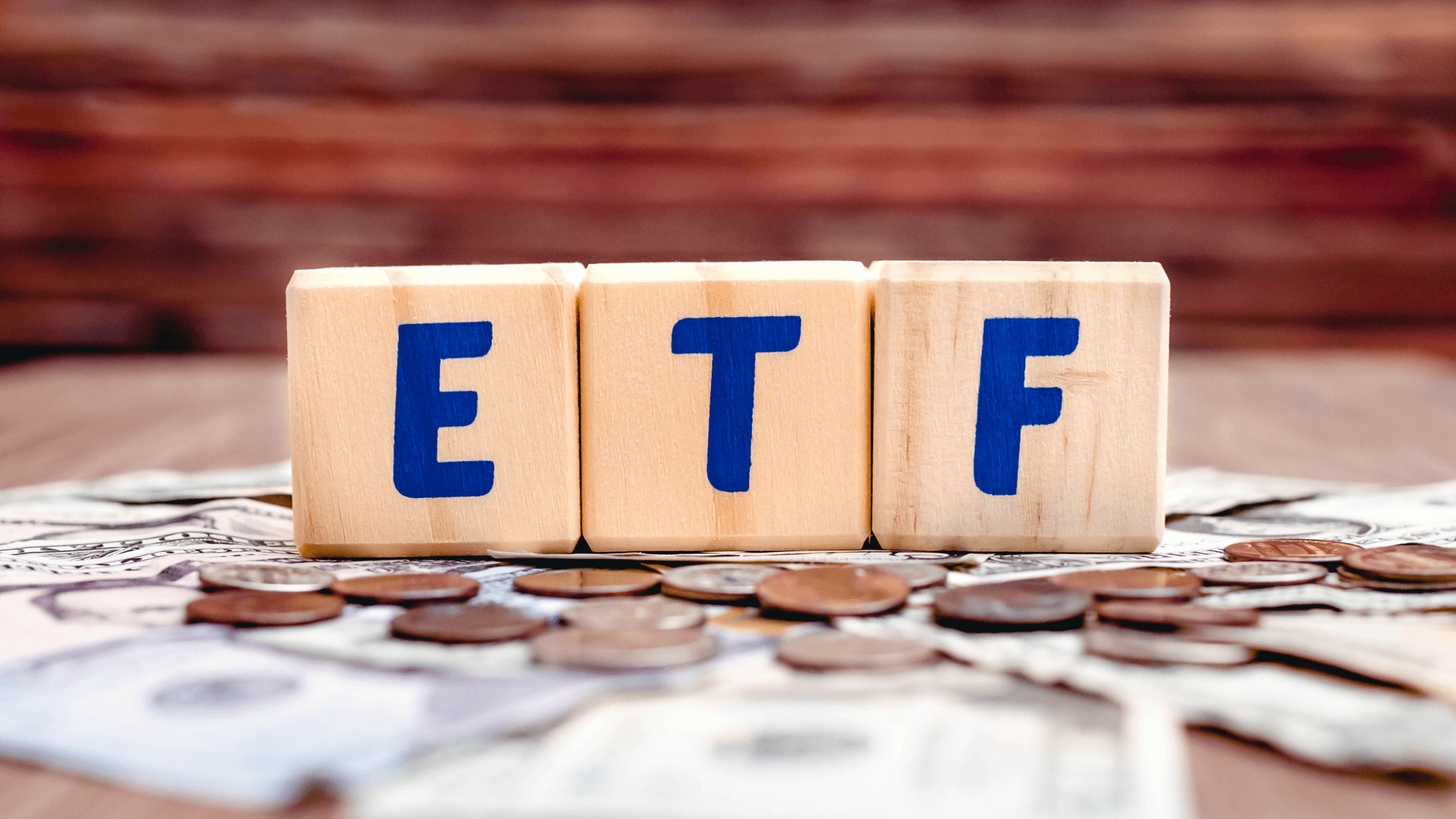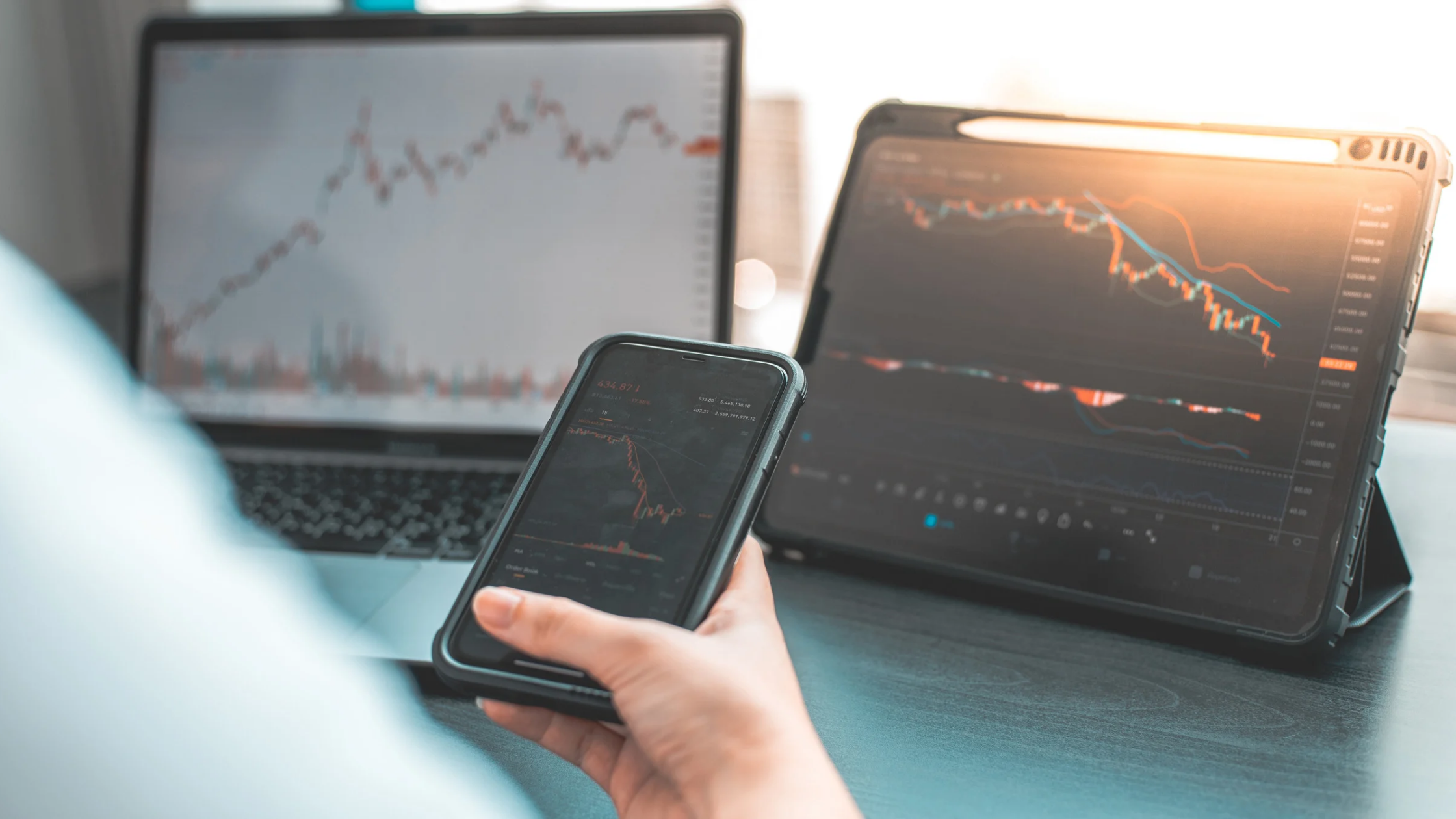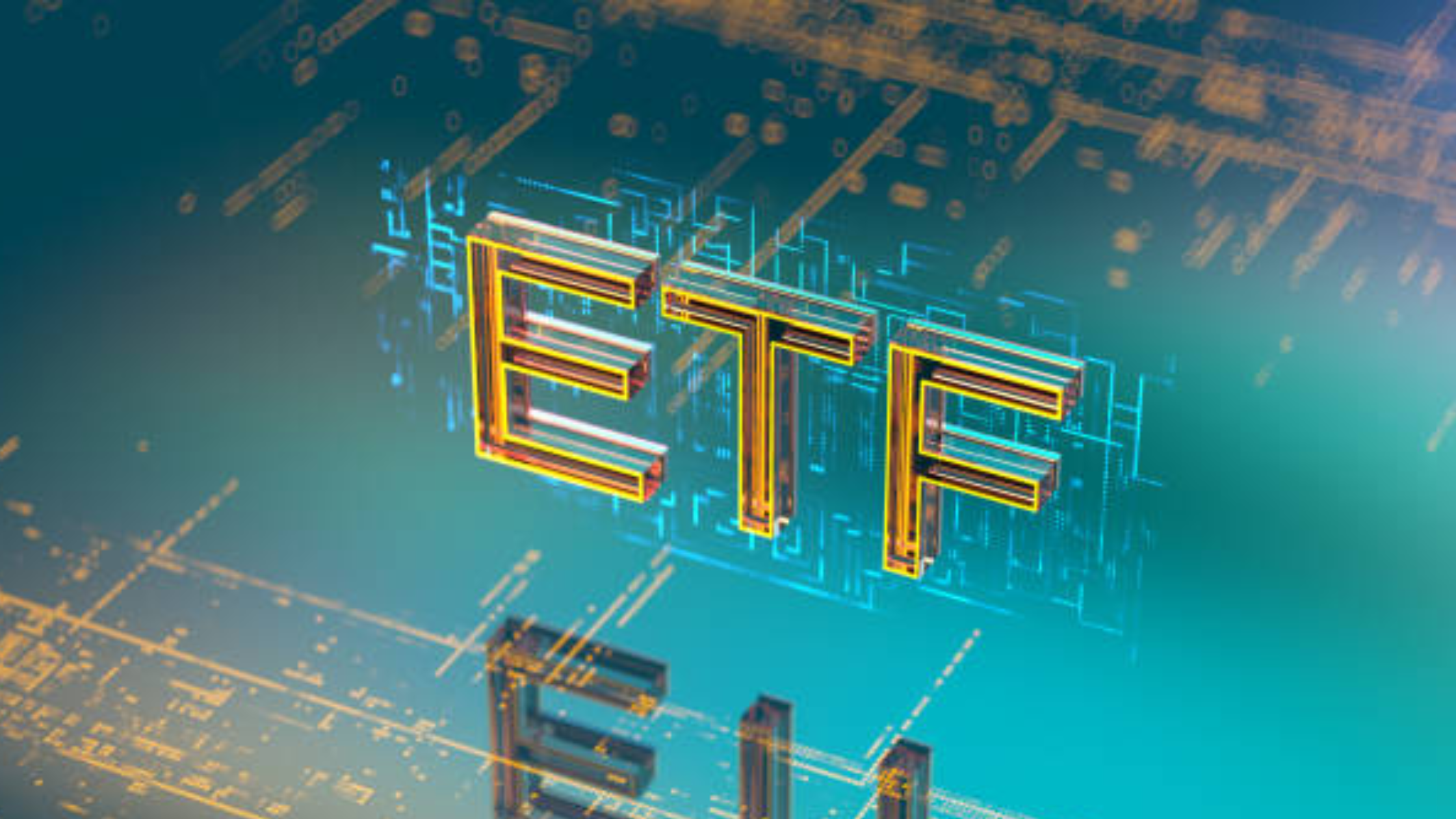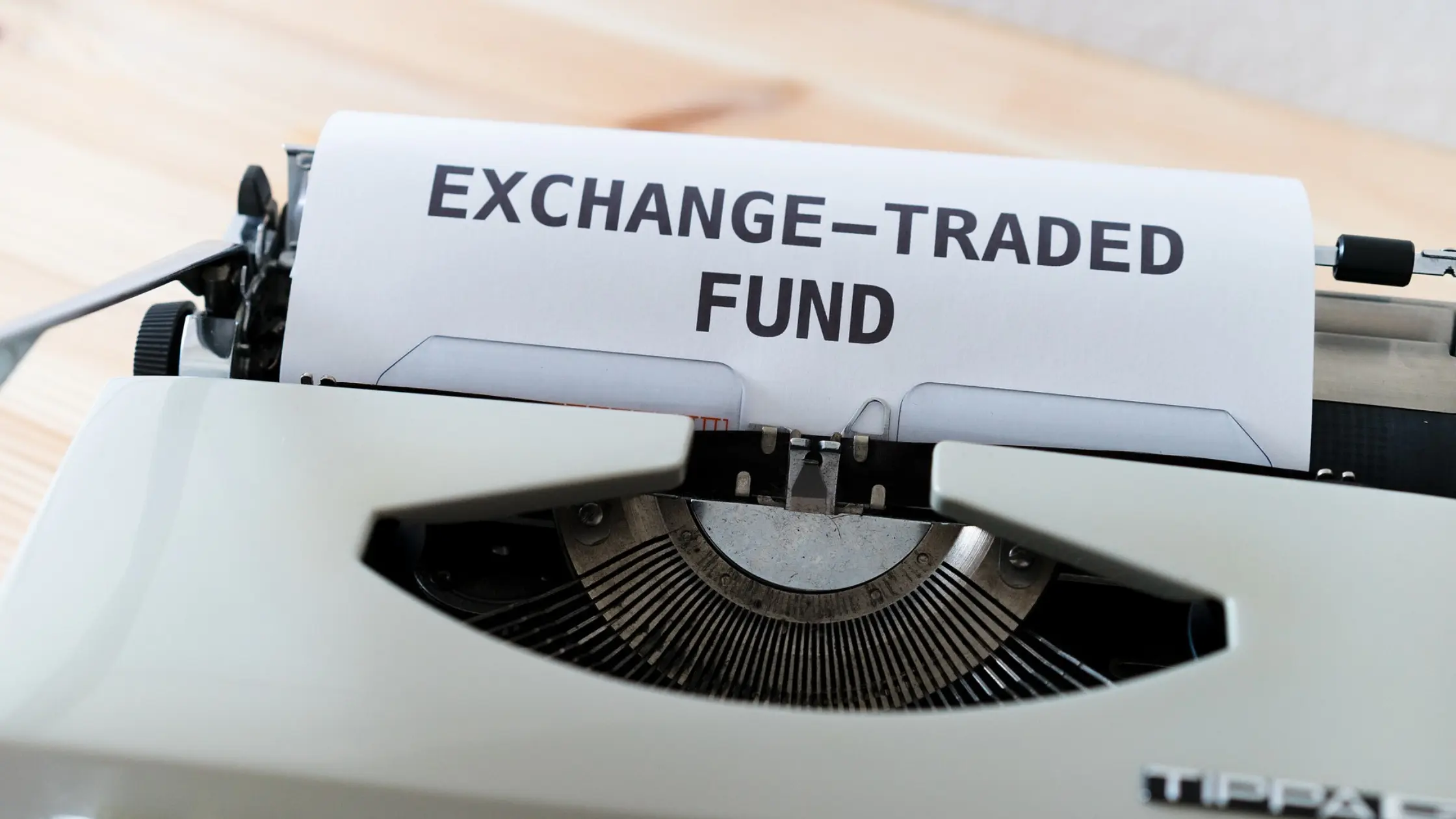If you’re looking for the ease of stock investing ,and the benefits of diversification in mutual funds, you might want to have a look at Exchange-Traded Funds (ETFs).
ETFs are funds that can be traded on an exchange like a stock, meaning it can be bought and sold throughout the day.
ETFs often have lower fees than other types of funds. Depending on the type, they have varying levels of risk.
Traditionally, ETFs are typically a basket of stocks or bonds that track the price movements of a particular index, such as the S&P 500 in the US, the Straits Times Index in Singapore or the FBM KLCI Index in Malaysia.
The prices of ETFs change throughout the trading day, in line with the market value of the securities it holds, and you can buy/sell them in exactly the same way you do with shares.
Just as in the stock market, for investors generally there are two ways to make money from ETFs:
- Capital appreciation – Like stocks and unit trusts, you will be able to make a profit from ETFs when you sell them after prices go up.
- Dividends – Some of the ETFs may also pay a dividend on a quarterly, half-yearly or yearly basis. You will be able to find more information from the ETF’s prospectus.
Unlike mutual funds, there is no minimum investment requirement for ETFs.
But since ETFs trade on a per-share basis, you’ll need to have at least the current price of one share to get started unless your broker offers the feature of buying fractional shares.
How to invest in an ETF?
Now that you have a general idea of ETFs are, I’ll provide a step-by-step guide on how to invest in ETFs.
Step 1: Open a brokerage account
You’ll need to setup a brokerage account, such as ProsperUs, to buy or sell ETFs.
Step 2: Choose your first ETFs
I recommend beginners start with passive index fund. In general, index funds are cheaper than their actively-managed counterparts and it’ll also be a good way for beginners to gain exposure and experience in their investing journey.
Among some of the examples of well-known ETFs: Vanguard S&P 500 ETF (NYSE: VOO), SPDR S&P 500 ETF Trust (NYSE: SPY), and Vanguard High Dividend Yield ETF (NYSE: VYM).
Step 3: Place the trade
Now that you’ve decided which ETF you want to start with, it’s time to place the trade. The process of buying an ETF is very similar to buying shares.
The trading price is determined by: a “bid”, the highest price buyers are willing to pay, and “ask”, the lowest price sellers are willing to take in exchange.
There are various order type options but these two are the most common ones: 1) Market Order: Buy at the best available price at that point in time and 2) Limit Order: Buy only at a specified price (or lower).
Step 4: Sit back and enjoy
ETFs are designed to be maintenance-free investments and while it is common for investors to constantly check on their portfolio performance, we advise you to take a “chill pill”.
The best advice for investors in the ETF space is to really take advantage of the auto-pilot investment strategy and let that to do the hard work for you.









